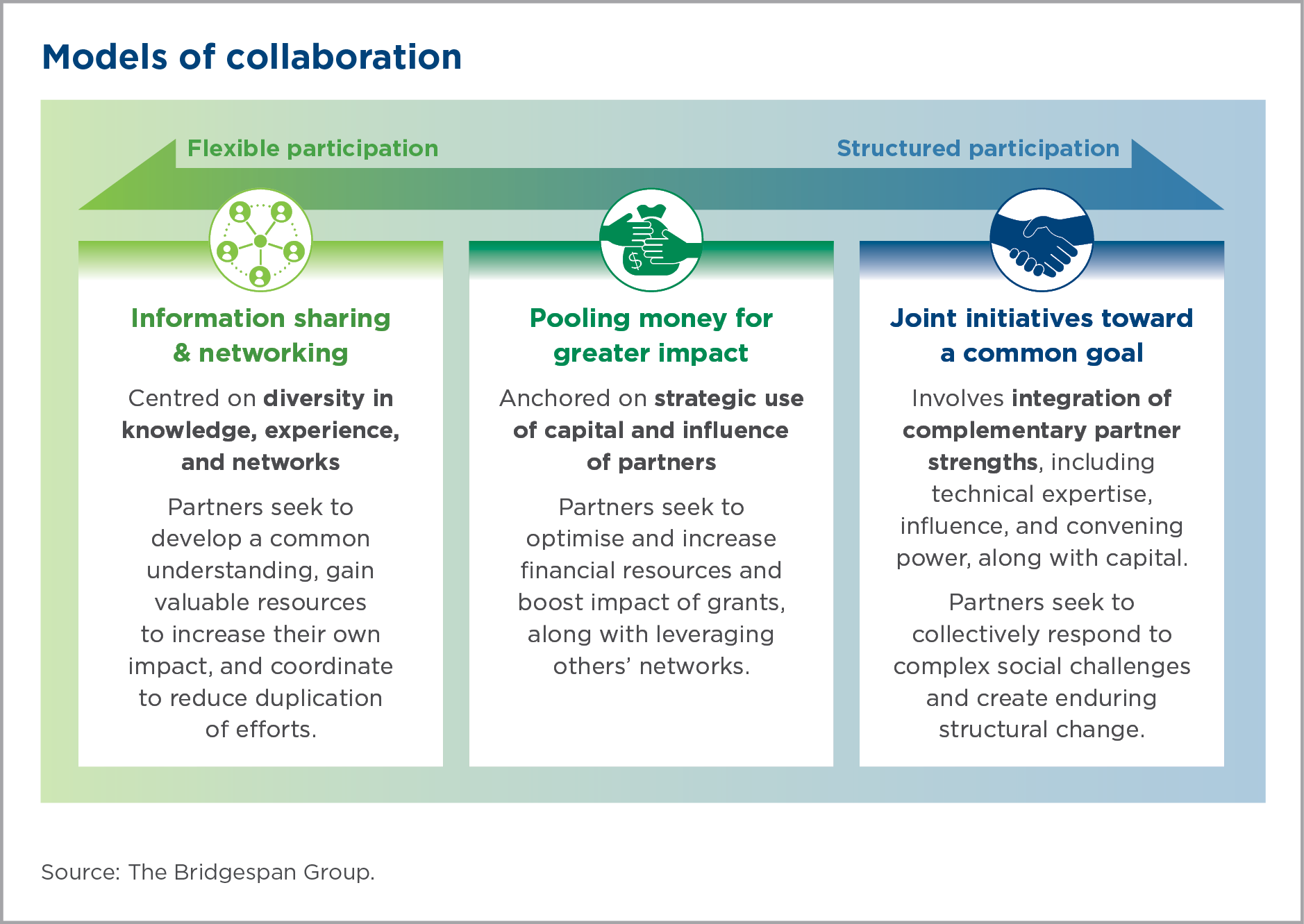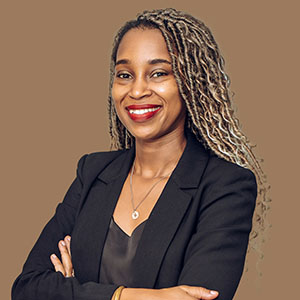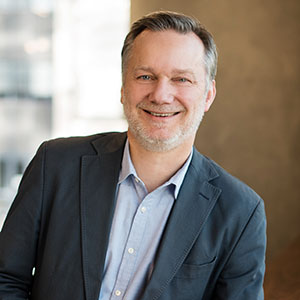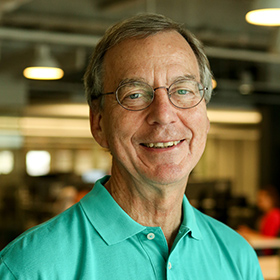As government-funded development aid budgets shrink and social needs across the globe continue to grow, development funders and philanthropic foundations are taking a fresh look at how they can collaborate to achieve more together.
For instance, the World Bank Group, the biggest development aid funder, recently launched CIVIC: The Civil Society and Social Innovation Alliance to financially support civil society organisations with grants jointly funded by the bank, foundations, and other investors.1 With this new collaborative platform, “the bank is looking at how we crowd in social sector innovations and solutions into key areas of development like climate, gender, youth and health,” says Aly Rahim, CIVIC’s programme manager.2
Today, development funders and philanthropic foundations tend not to work with each other. Notably, development funders gravitate towards financing large government and private sector projects that advance national development goals. Philanthropy typically deploys grants to nonprofits that aim to improve outcomes in education, healthcare, skill development, or other social and environmental issues.
Yet there are points of intersection where the interests of development funders and philanthropy align, making collaboration not just possible, but useful. For example, as a team, development funders and philanthropy can champion ideas more powerfully and move forward more quickly than when acting alone.
Interest in facilitating more such collaboration extends broadly across the development aid community. “Recently the likes of the French development agency, the German development agency, USAID, and others, like the World Bank and its International Finance Corporation, have expressed interest in trying to understand how they can collaborate better with philanthropy,” says Priscilla Boiardi, coordinator of the Network of Foundations Working for Development (netFWD) at the OECD Centre on Philanthropy.
Increasingly, the two groups see compelling reasons to work together as government-funded development aid budgets shrink. Aid cuts by several European governments and uncertainty about the future of USAID, formerly the largest bilateral funder, come at a time when it’s clear that Africa has fallen way behind on meeting the UN’s 2030 Sustainable Development Goals. By one estimate, the continent needs an extra US$194 billion a year to do so, a sum well beyond the financial reach of philanthropy.3
For this report, we focused on collaborations that benefit Africa. Our research involved talking with representatives of 29 development funders, foundations, and intermediary organisations in late 2024 and early 2025. Based on our interviews, we identified three models of collaboration that follow a sliding scale of formality and structure: 1) information sharing and networking; 2) pooling capital for increased impact, including blended finance that de-risks socially beneficial investments to attract private investors; and 3) joint initiatives that draw on participants’ technical skills and networking ability to magnify the impact of financial commitments.

We also heard from a number of interviewees that the biggest barrier to more collaboration is not a lack of capital. It’s a lack of awareness amongst philanthropies and development funders about each other’s initiatives and the impact they are trying to achieve. Sharing this knowledge is essential for finding partners and identifying points of alignment.
A consensus emerged that the time is right for development funders and philanthropy to join forces to accomplish more together than either can achieve without the other.







